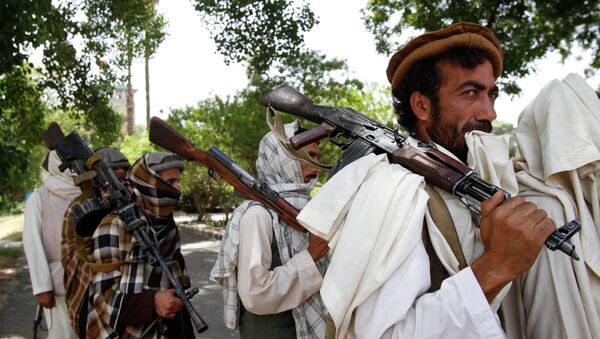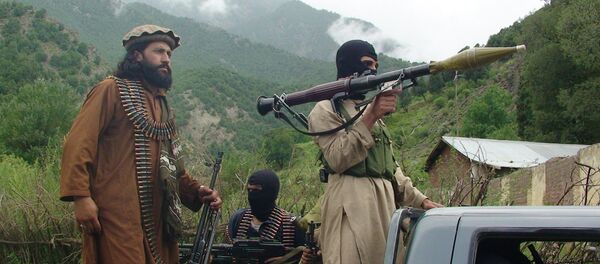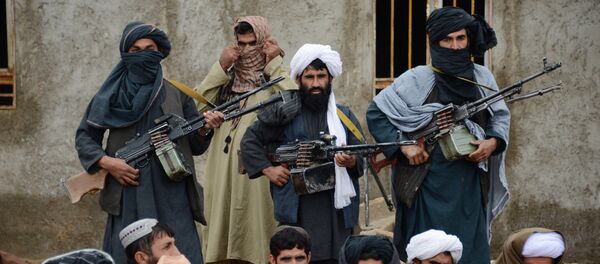Nearly 14 years after the US-led invasion of Afghanistan in 2001, the United States earlier this year handed over the lead role in operations to the Afghan National Defense and Security Forces (ANDSF). While 9,800 US troops remain in the country, they are reported to be serving strictly in a train-and-assist role.
Since the ANDSF took the lead, the security situation in Afghanistan has "deteriorated," according to a Pentagon report "Enhancing Security and Stability in Afghanistan," which noted "an increase in effective insurgent attacks and higher ANDSF and Taliban casualties."
On the battlefield, the performance of Afghan forces has been uneven. They do well to clear an area of Taliban, but struggle to hold the territory once it has been recaptured.
"They remain in a primarily defensive posture that limits their agility across the country," the Pentagon report said.
The following are among recent Taliban incursions, as compiled by the Washington Times:
• The September invasion and capture of Kunduz, a city of 300,000 north of Kabul and a key trade route. The Taliban captured the police and governor’s headquarters. But Afghan special forces reorganized and quickly retook the town.
• An attack on the airport in Kandahar, birthplace of the Taliban movement. Afghan security forces eventually repelled the invaders but took heavy losses. It showed again that the Taliban can organize and spring surprise attacks.
• The Taliban now control large sections of the Sangrin district, which, along with Kandahar, falls in the all-important Helmand province in southern Afghanistan.
The Taliban also claimed responsibility for the deaths of six Americans Monday by an assassin on a motorbike rigged with an improvised explosive device.
The six were Air Force personnel on a security patrol outside Bagram Air Base. Four were agents of the Office of Special Investigations. The other two were security personnel in the Air National Guard.




